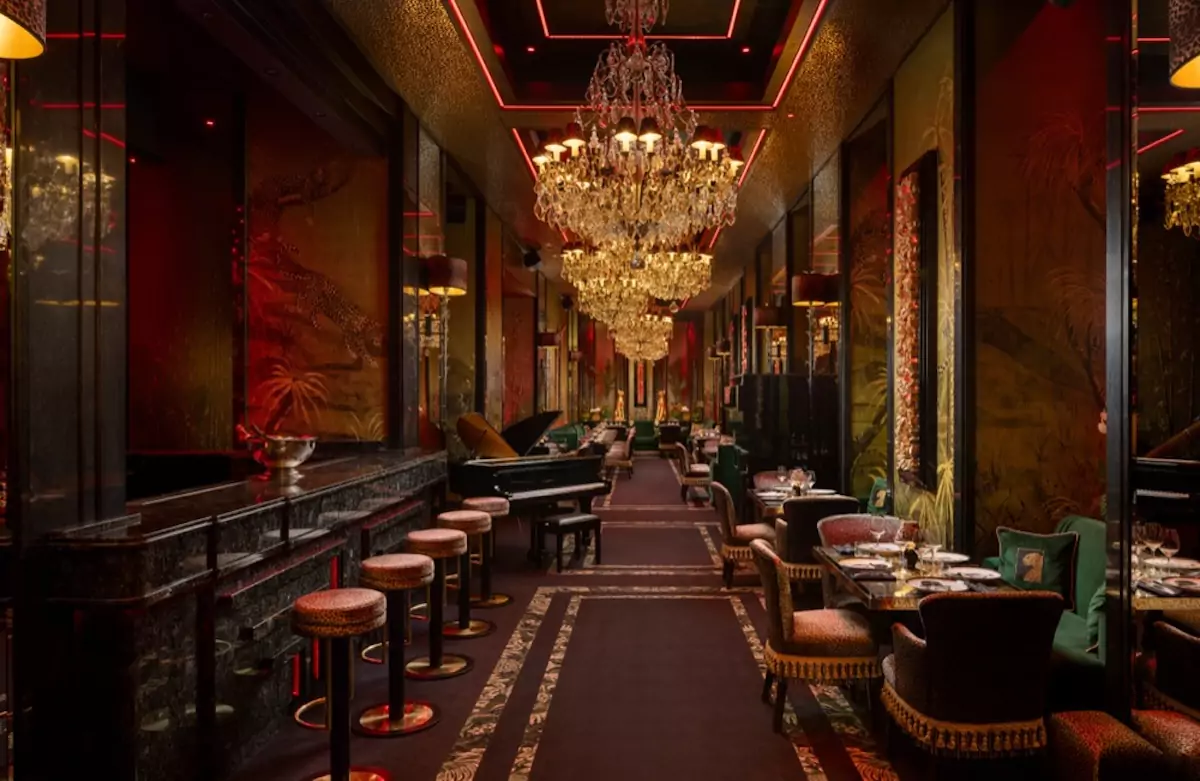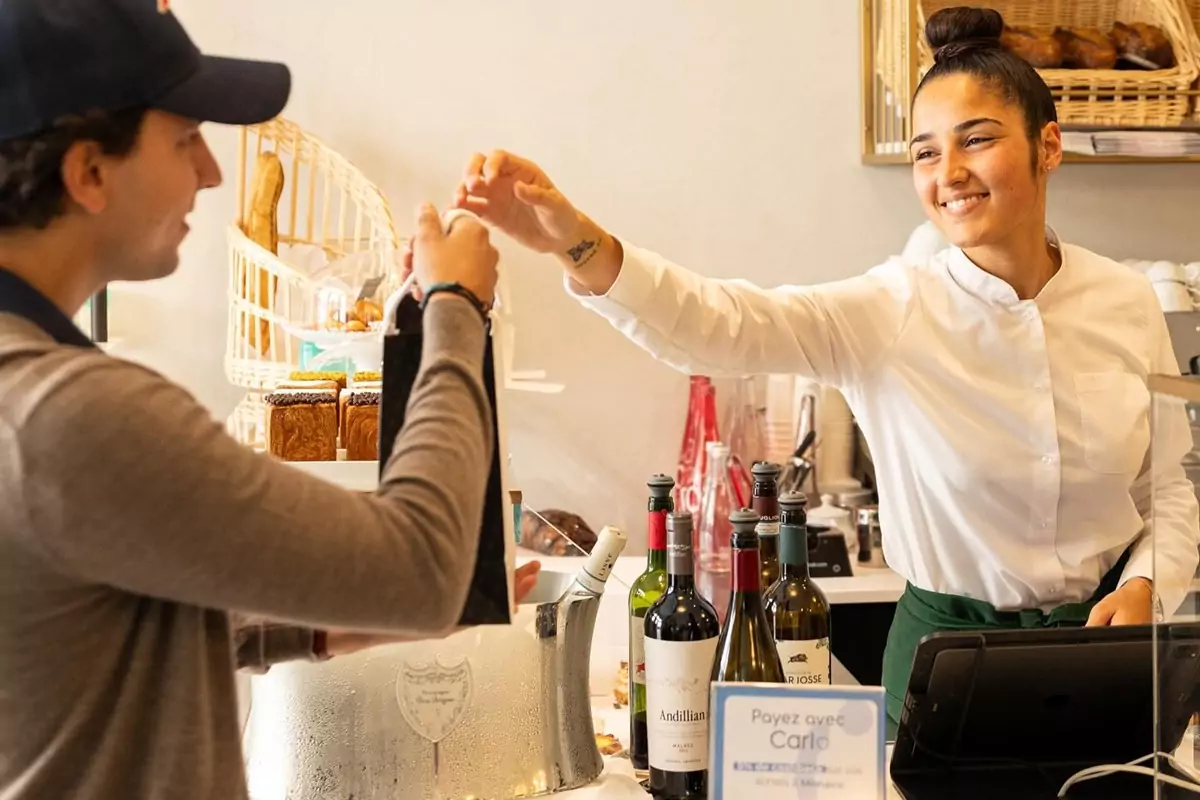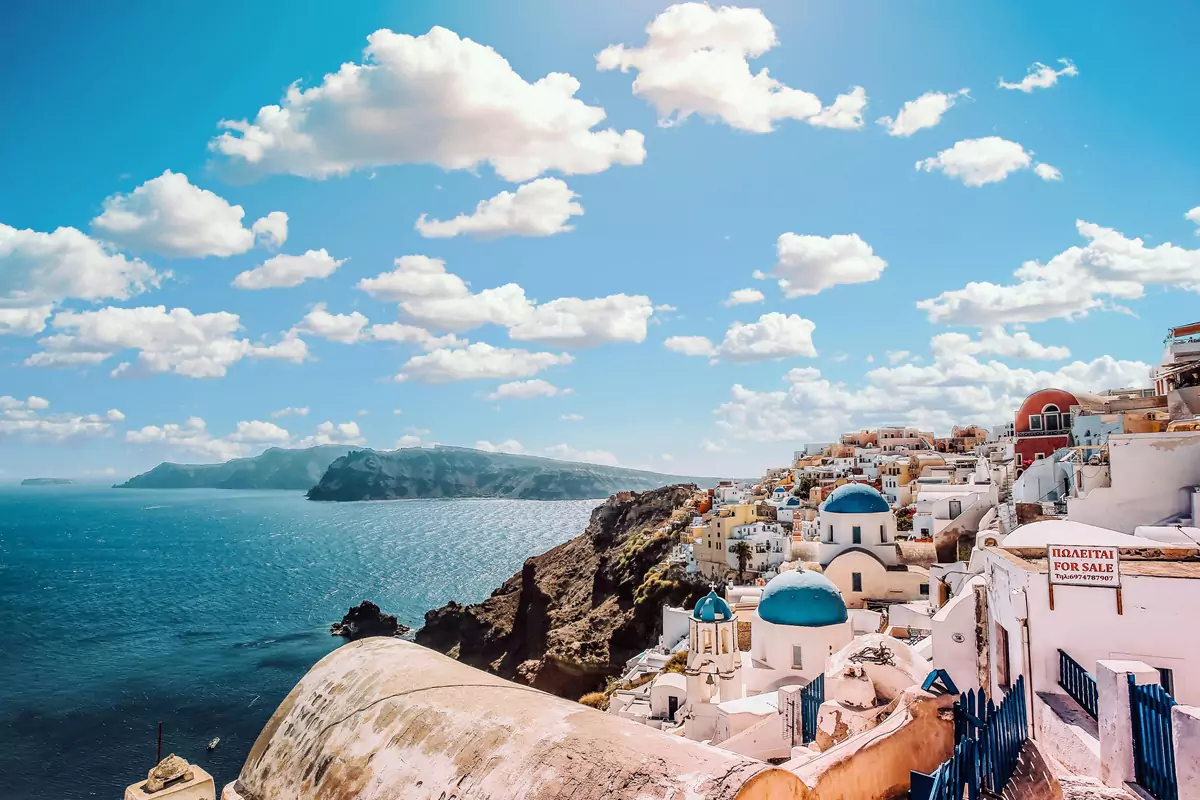A Monegasque institution has just landed in the heart of Bucharest, as the legendary Sass’ Café expands its footprint beyond the Mediterranean, bringing its unmistakable Monaco glamour to Romania’s newly restored Corinthia Hotel.
Following a successful seasonal pop-up in AlUla, Saudi Arabia, Sass’ Restaurant & Lounge has unveiled its first European outpost outside the Principality, and the buzz is already building. Nestled inside the landmark Corinthia Bucharest, the venue is a visual and atmospheric escape, transporting guests straight to Monaco with every sumptuous detail.

Designed by G&M Design, the interior is a bold homage to the original Sass’ Café, blending baroque extravagance with playful modernity. The signature burgundy, black, and gold palette is layered with rich velvet, leopard print, and leather textures, creating an ambiance that is both decadent and irresistibly stylish.
“Sass’ Bucharest captures the spirit of Monaco, but with a twist that’s uniquely its own,” say the designers. A fresh splash of green exclusive to this location adds a vibrant edge to the familiar aesthetic, infusing the space with energy and warmth.

As day turns to night, the lounge evolves into a vibrant social hub, where live music and DJ sets bring the buzz of the Riviera to Bucharest. It’s the kind of seamless day-to-night transition that Sass’ is famous for — a place where lunch turns into dinner, and dinner turns into dancing.
“It is an honour to be partnering on this project with Corinthia Hotels, a major actor in the luxury hospitality industry,” says Samy Sass, who has led the brand’s evolution since taking over from his parents, founders Salvador and Yolande Sass, in the 1990s. “We share a vision of creating an experience that’s not just about dining, but about transporting people to a place of elegance, celebration and joy.”

The Corinthia Bucharest, which opened this month after an ambitious restoration of the historic Grand Hôtel du Boulevard, provides the perfect stage. With just 30 exclusive suites and a focus on exceptional service, the hotel mirrors the refined intimacy of Sass’ Café itself — where every detail matters and every guest is part of the story.
Monaco Life is produced by real multi-media journalists writing original content. See more in our free newsletter, follow our Podcasts on Spotify, and check us out on Threads, Facebook, Instagram, LinkedIn and Tik Tok.
Photos provided



